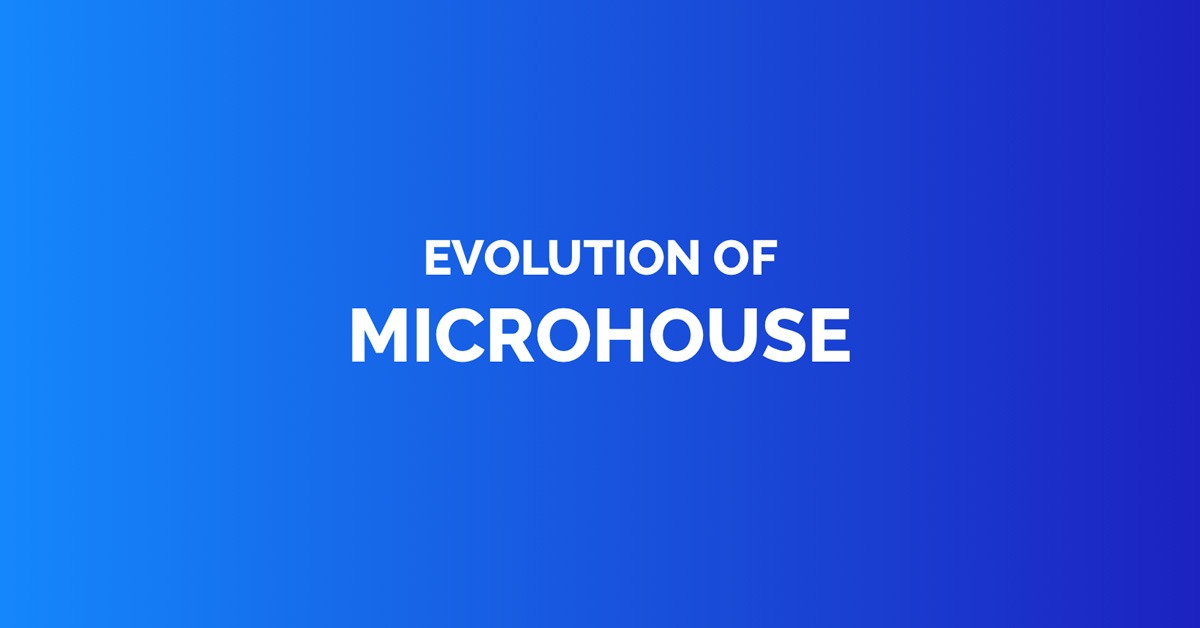History
Microhouse, or minimal house, was started in the early 90s as a part of a minimalistic movement influenced by 90s techno, bit pop and deep house. Its origins can be traced back to the 1993 album Wohnton by Oval, who brought elements of glitch and fragmented sounds into their music. Oval developed their distinct sound by writing on CDs to mutilate recordings, then ripped the glitches from the CDs and processed them into new rhythmic components. Throughout the 90s, the microhouse style made its way into the catalogues of several indie labels but it wasn’t until the early 2000s that it garnered more mainstream attention. While relatively obscure compared to other house genres, microhouse lays claim to a small share of club and radio successes.
Influences
Microhouse’s main influences are techno, bit pop and deep house. Chords are more modal or dissonant than other mainstream house genres, creating a similar vibe to deep house. Arrangements are typically longer, drawing from progressive house structure. Sonically, microhouse draws from the digital sound palette of techno.
Sound
The microhouse sound palette consists of bit-sounding (digital) rhythmic elements, often with a less prominent or non-existent bottom-end. Melodically, techno-style synths, electric pianos, pads, and industrial sounds are often used with soft vocals. As the name suggests, microhouse thrives in minimalism, where swells of sound exist to emphasize the silence that ensues.
Oval – “Wohnton”
Germany, 1993
“Wohnton” from German group Oval is a pleasant track that features a number of synth pads filtering in and out, but there’s also the sound of glitches and strange noises that would later come to be associated with the genre.
Luomo – “Tessio”
Oulu, 2000
Vladislav Delay (Luomo) combines deep house with minimal house in his masterpiece “Tessio”.
Alex Smoke – “Don’t See the Point”
Glasgow, 2005
Bummer lyrics with mumbled vocal delivery over a mid-tempo beat and a minimalist arrangement make Alex Smoke’s “Don’t See The Point” a classic of the genre.
Tigerskin – “The Holy Grail”
Berlin, 2008
“The Holy Grail” has a soaking wet bassline and a hypnotic sample that uses stereo sound to create the effect of someone playing ping pong inside your head. Dreamy synth pads and stripped down percussion round out this very enjoyable track.
Caribou – “Odessa”
Dundas, 2010
The arrangement in “Odessa” is on the busier side of microhouse, but its rhythm and unorthodox sounds creating an engaging groove are right down the middle of the genre.
Nicolas Jaar – “El Bandido”
New York, 2010
Chilean-American Nicolas Jaar plants a really tight latin-infused groove in this funky microhouse classic.
Christian Löffler – “Haul”
Germany, 2016
Christian Löffler raises minimalism to another level in this beautifully produced track whose beat is a soothing combination of glitch and house.
Agoria – “You’re Not Alone”
Lyon, 2019
Agoria carries the microhouse torch into 2019 with “You’re Not Alone”. With a catchy melodic vocal hook and simple beat, Agoria’s brand of microhouse is more mainstream than many earlier examples of the genre.





















